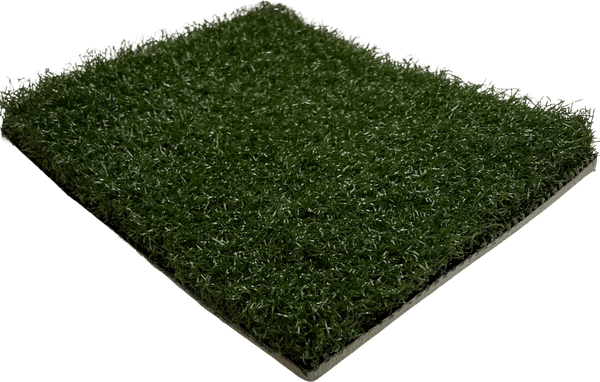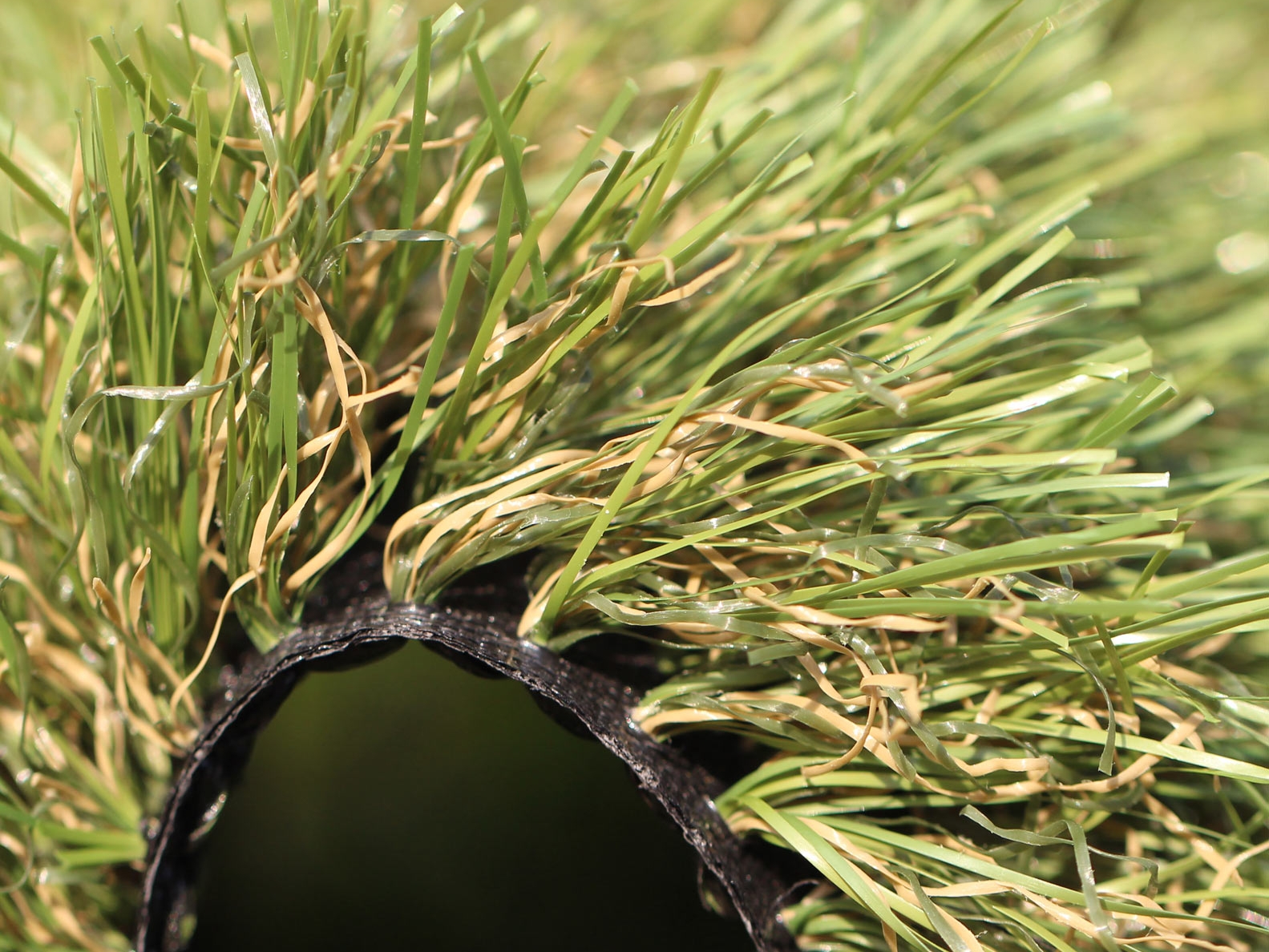Top Phoenix Turf Companies Delivering Superior Synthetic Lawn Products
Top Phoenix Turf Companies Delivering Superior Synthetic Lawn Products
Blog Article
Delve Into the Environmental Advantages of Opting for Artificial Turf Solutions
The adoption of synthetic grass options presents a compelling chance to address pushing ecological obstacles. By considerably lowering water usage and decreasing the application of damaging chemicals, these choices not only advertise sustainable landscape design however likewise protect neighborhood ecological communities. Additionally, the lower carbon footprint connected with lowered maintenance activities adds to a more sustainable technique to land monitoring. The effects of these benefits prolong beyond simple conservation efforts, elevating inquiries regarding their long-lasting effect on habitat preservation and total ecological balance. Checking out these measurements exposes a complex interplay worth thinking about.
Water Preservation Advantages
One of the most substantial benefits of synthetic grass is its capability to preserve water. In comparison, man-made turf does not require watering, substantially reducing the total need for water resources.
By getting rid of the requirement for routine watering, synthetic grass adds to sustainable landscape methods and helps mitigate the environmental impact of too much water consumption. Additionally, the conservation of water includes the reduction of overflow, which can result in soil disintegration and river contamination.
Furthermore, the setup of synthetic grass permits home owners and towns to allocate water sources a lot more effectively, focusing on necessary uses such as alcohol consumption water and farming. The shift towards man-made lawn not just advertises liable water usage however likewise straightens with broader ecological objectives targeted at preserving all-natural sources.
As neighborhoods increasingly prioritize sustainability, the water preservation benefits of synthetic grass provide an engaging case for its fostering in household and industrial landscaping tasks.
Minimized Chemical Use
The change to man-made turf substantially reduces the reliance on chemical treatments commonly made use of in natural grass upkeep. Standard lawn management normally entails the application of pesticides, herbicides, and plant foods to advertise development and control bugs. These chemicals can position risks to human health, neighborhood wild animals, and the environment, adding to soil and water contamination.
In comparison, fabricated grass eliminates the requirement for these hazardous materials. By reducing the release of artificial substances right into the ecosystem, artificial turf advertises healthier soil and water systems.
Furthermore, the lack of chemical runoff associated with synthetic grass setups aids secure local rivers from contamination, sustaining aquatic life and keeping biodiversity. Turf installation phoenix az. As neighborhoods significantly prioritize lasting practices, deciding for synthetic grass provides a viable solution that lines up with ecological conservation objectives. With this shift, residential property proprietors can enjoy lavish eco-friendly areas without compromising ecological health and wellness, leading the means for an extra lasting future
Reduced Carbon Impact

In addition, the installment of synthetic grass can result in substantial water preservation. Natural grass require significant amounts of water for irrigation, which not only contributes to the carbon footprint related to water extraction and therapy however also pressures local water resources. On the other hand, synthetic grass needs very little maintenance, needing no watering, thus significantly reducing water use and its linked power expenses.
Additionally, the long life of synthetic grass contributes to its reduced carbon impact. With a lifespan of as much as 15 years or even more, the demand for constant replacements is decreased, leading to less waste and lower power consumption in production and taking care of standard turf options. Overall, man-made grass offers a lasting alternative for ecologically conscious landscape design.
Environment Conservation
Habitat preservation is a crucial consideration in the argument over landscape design options, particularly when comparing synthetic grass to all-natural grass. Natural grass lawns often a knockout post require extensive upkeep, consisting of using pesticides, plant foods, and herbicides, which can adversely impact regional environments. These chemicals can seep right into the dirt and rivers, damaging indigenous vegetation and fauna and disrupting regional habitats.
Fabricated lawn gets rid of the need for dangerous chemicals, thereby shielding neighboring wild animals and maintaining the integrity of bordering environments. The installment of fabricated grass can lead to the conversion of former grass areas into more biodiverse landscapes, such as pollinator yards or indigenous plant locations, which can sustain regional wildlife.
Ultimately, the shift to fabricated lawn not only preserves water and lowers upkeep initiatives but also promotes an extra harmonious relationship between human activities and the native environment, promoting environment conservation in the process.
Long-Term Sustainability
Lasting sustainability is a vital aspect in evaluating the advantages of fabricated grass over conventional yard lawns. One of the most considerable advantages of synthetic grass is its sturdiness; it can last as much as 15-20 years with minimal upkeep, whereas natural yard needs regular reseeding and substitute. This durability lowers the requirement for consistent sources, such as water, fertilizers, and pesticides, which are necessary for preserving a healthy and balanced turf lawn.
Additionally, synthetic grass adds to a reduction in carbon exhausts connected with grass treatment equipment. Traditional lawns typically call for gas-powered mowers, trimmers, and blowers, all of which contribute to air pollution. Arizona turf. In contrast, man-made grass removes the demand for such devices, promoting a cleaner atmosphere
In addition, the manufacturing of man-made grass progressively makes use of recycled products, boosting its sustainability account. As manufacturers embrace environment-friendly methods, the environmental footprint of artificial lawn remains to decrease.

Conclusion
The adoption of synthetic grass options presents substantial environmental advantages, including considerable water preservation, decreased reliance on unsafe chemicals, and a reduced carbon footprint. Man-made grass aids in maintaining go to website natural environments by reducing land disruption and promoting lasting sustainability via the usage of long lasting products. Jointly, these aspects emphasize the possibility of artificial find out here now lawn to contribute favorably to ecological wellness and offer a viable option to standard landscape design methods in a significantly resource-conscious world.
In contrast, man-made turf does not need watering, considerably decreasing the overall need for water resources. By decreasing the launch of synthetic compounds right into the ecological community, man-made grass advertises healthier soil and water systems.
Furthermore, the installation of artificial grass can result in substantial water preservation. In comparison, synthetic lawn needs marginal upkeep, requiring no watering, therefore substantially minimizing water usage and its connected energy costs.

Report this page